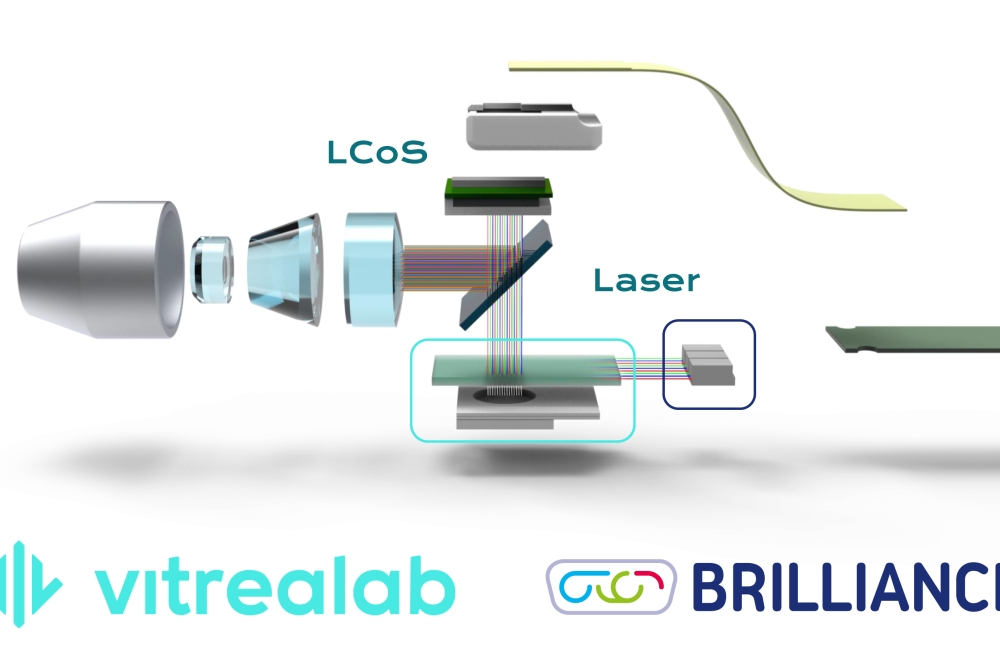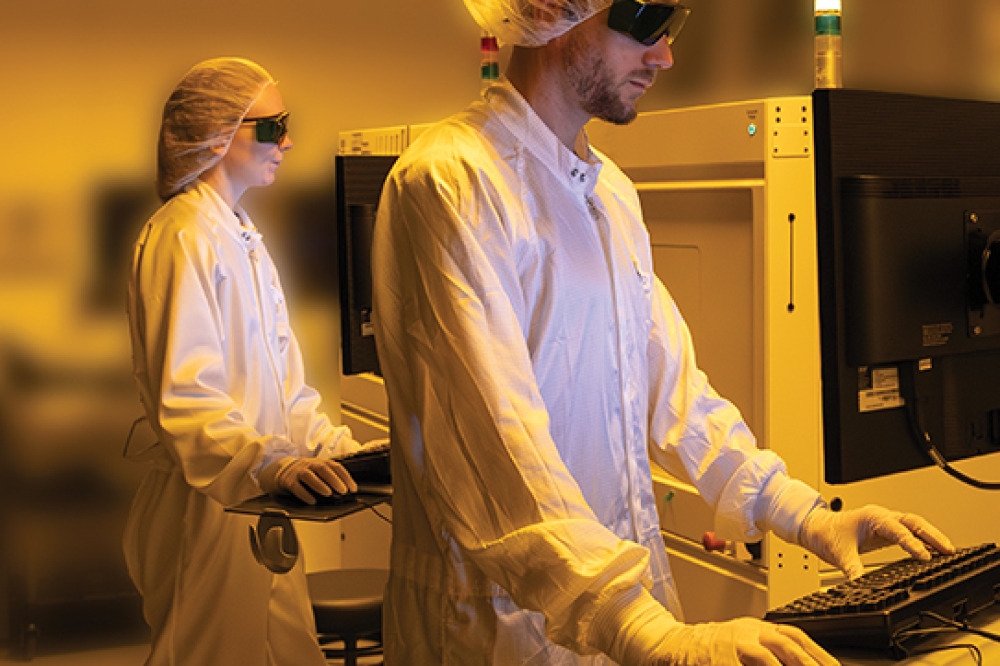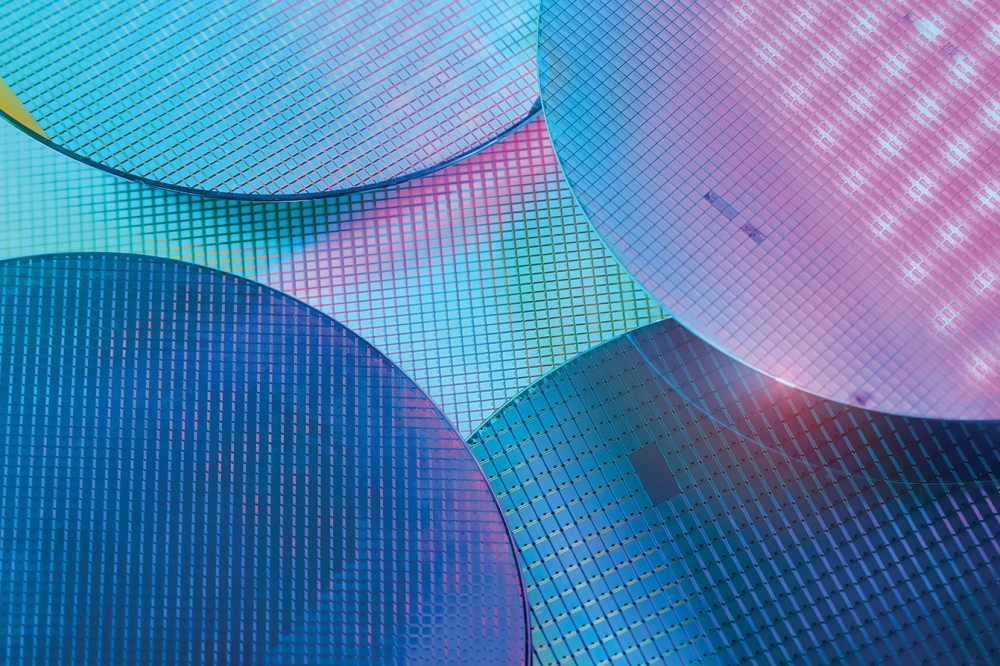European STARLight consortium launches to advance 300 mm silicon photonics

By tackling challenges including high-speed modulation, laser integration, new materials, and packaging, the initiative aims to innovate applications-based solutions for areas such as datacom, AI, telecom, and automotive
STMicroelectronics has announced it is leading a newly launched consortium that has been selected by the European Commission under the EU CHIPS Joint Undertaking initiative. The project is called the 300mm Silicon Technology for Applications Relying on Light with Photonics Devices (STARLight).
Bringing together a consortium of industrial and academic partners, STARLight aims to position Europe as a technology leader in 300 mm silicon photonics technology by establishing a high-volume manufacturing line, developing leading-edge optical modules, and fostering a complete value chain. From now until 2028, STARLight plans to develop application-driven solutions focusing on key industry sectors such as datacentres, AI clusters, telecommunications, and automotive markets.
“Silicon photonics technology is critical to put Europe at the crossroads to the AI factory of the future and the STARLight project represents a significant step for the entire value chain in Europe, driving innovation and collaboration among leading technology companies,” said Remi El-Ouazzane, president of the microcontrollers, digital ICs and RF products group at STMicroelectronics. “By focusing on application-based results, the project aims to deliver cutting-edge solutions for datacentres, AI clusters, telecommunications, and automotive markets. With well-recognised pan-European partners, the STARLight consortium is set to lead the next generation of silicon photonics technologies and applications.”
Silicon photonics is a strong candidate for supporting datacentres and AI clusters’ optical interconnects for scale-out and scale-up growth, as well as for other technologies such as LiDAR, space applications and AI photonic processors that require better energy-efficiency and power-efficient data transfer. The technology combines the high-yield manufacturing capabilities of CMOS silicon, commonly used in electronic circuits, with the benefits of photonics, which transmits data using light.
By developing advanced PICs, partners in STARLight plan to tackle challenges including high-speed modulation, laser integration, new materials such as silicon-on-insulator, lithium niobate, and barium titanate, and the optimisation of packaging and integration of PICs with electronic circuits.
STARLight aims to innovate applications-based solutions, focusing on areas including datacom, AI, telecom, and automotive/sensing.
The project has an initial focus to build datacom demonstrators for datacentres, based on PIC100 technology, capable of handling up to 200G with key actors including ST, SICOYA and THALES. It will also develop prototypes for free-space optical transmission systems, designed for both space and terrestrial communication.
Additionally, the project plans to leverage the multidisciplinary experience of major contributors to shape the research effort towards a 400G-per-lane optical demonstrator using new materials, targeting the next generation of pluggable optics.
In the field of AI, STARLight aims to develop a cutting-edge photonic processor optimised for tensor operations, such as matrix vector multiplication and multiply-accumulate, with superior characteristics in terms of size, data processing speed, and energy consumption compared to existing technologies. Since neural networks – the core algorithms behind AI – rely heavily on tensor operations, enhancing their efficiency is critical for AI processing performance.
In the telecommunications space, the project plans to develop and showcase innovative silicon photonic devices specifically designed for the telecommunications industry. Ericsson will focus on two concepts to improve mobile network efficiency. The first involves the development of an integrated switch to enable optical offload within radio access networks, allowing for more efficient handling of data traffic. The second concept explores radio-over-fibre technology to relocate power-intensive processing ASICs away from antenna units, thus providing enhanced capacity and savings in embodied CO2. Additionally, MBRYONICS aims to develop a free space-to-fibre interface at the reception of free space optical (FSO) communication, which is a key element in the design of an optical communication system.
Within the automotive/sensing focus, STARLight plans to demonstrate how PIC technology performs in sensing applications, leveraging the relationships of the LiDAR sensors maker STEERLIGHT with car manufacturers to achieve this.
Within the project, THALES aims to develop sensors that accurately generate, distribute, detect, and process signals with intricate waveforms to demonstrate key functionalities. More broadly, the outcomes of this project are also intended to benefit the wider ecosystem of indoor and outdoor autonomous robot manufacturers.
In total, 24 technology companies and universities from 11 EU countries are joining the initiative’s efforts.

































